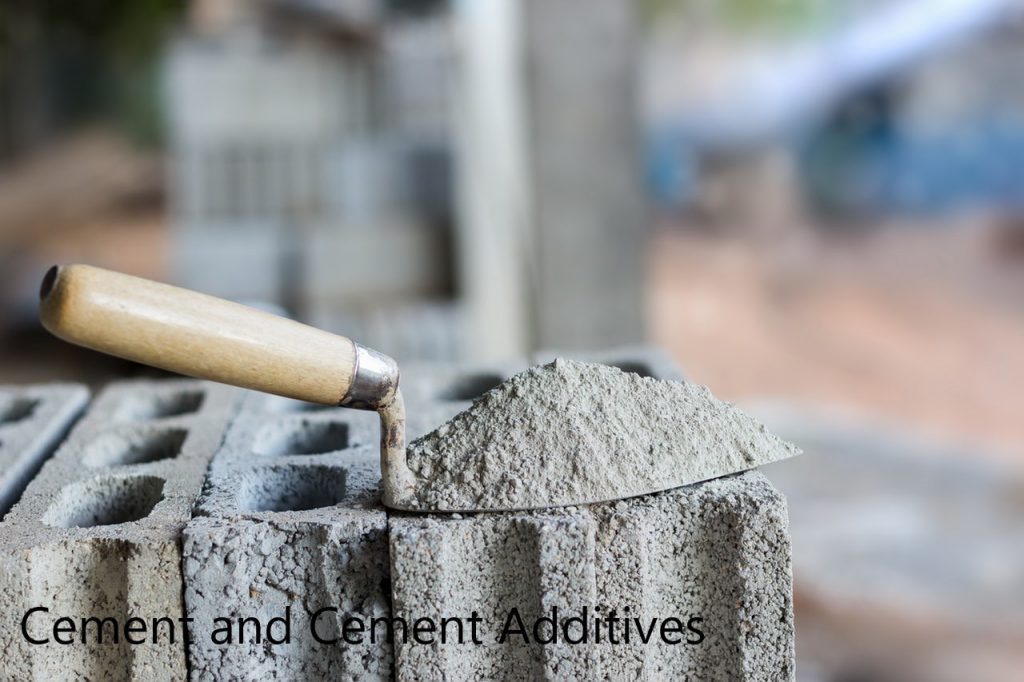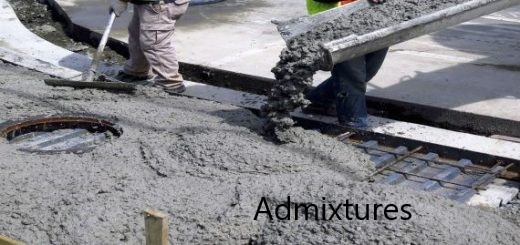Fly ash brick is made from the burned coal ash. It is a green material having very little impact on the environment. If we burn coal for making fly ash brick there is a big environmental issue but we don’t do that. We use the ash made by burning coal for power generation.
Fly ash is a by-product of the thermal power generation.
Burning of coal will generate fly ash. In the past, fly ash was mainly used as a pozzolanic additive for concrete.
Due to the higher surface area compared with the cement, fly ash is used as a substitution to the cement.
Further, fly ash is used to reduce the heat of hydration in the higher grade of concrete.
In modern construction where sustainability is the main concern, low carbon products are promoted.
Since the fly ash is a wast/by-product, its embodied energy is very less compared with the clay bricks.
Therefore, the use of fly ash bricks will be more common in the construction industry. In addition, the low cost of construction and other advantages will add more benefits to the construction industry.
Fly ash has comparatively higher strength comparted with clay bricks and it has more advantages than the other type of materials.
Further, there are many sizes that can be used for the construction and having used the larges sizes will reduce the quantity of cement mortar.
The following figure indicates the composition one might be used for the production of the fly ash brick. It should be noted that there are different compositions of the materials used by different manufacturers based on their mix design.

In addition, fly ash is a widely used cementitious material in concrete production.
The advantages and disadvantages of the fly ash brick can be categorized as follows.
Advantages of Fly ash Brick
- Fly ash is a waste material, therefore, it is sustainable. Eco-friendly.
- Reduce the weight of the structure due to the low weight of the bricks
- Reduce the wastages due to the higher strength
- Due to the uniform size, it reduces the mortar volume at joints and plaster. It could be around 20%-40% approximately
- Good substitution product for labor shortage as less labor is required for construction
- A good substitution for material shortage
- Save the energy
- Higher fire insulation
- Due to the low water absorption, water seepages through the walls less

Disadvantages of Fly ash Brick
- The bonding strength is low due to the smooth finish. It could be rectified by using mortar mixtures in the rage of 1:4.
- It is good for warm environments as it does not absorb the heat but not good for cold environments
When both clay and fly ash bricks are compared, it is clear that the fly ash bricks have more advantages that the clay bricks. The following table indicates a summary of the comparison.
| Fly Ash Brick | Clay Brick |
| Low embodied energy | Higher embodied energy |
| Low Carbon footprint | High Carbon footprint |
| Low cost of construction | Higher cost of construction |
| Higher compressive strength | Low compressive strength |
| Uniform in shape | Uneven shape |
| Dense composition | Lightly bond |
| Lightweight | Higher weight |
| Compressive strength 8-10 N/mm2 | Compressive strength 3-5 N/mm2 |
| Less porous | Higher porosity |
| Water absorption 2-6% | Water absorption 20-25% |
| Thermal conductivity 0.9-1.05 W/m2 0C | Thermal conductivity 1.25-1.35 W/m2 0C |
As per the above comparison also it clear that the use of fly ash adds more benefits to the than the used of clay bricks.
More importantly, it is sustainable and it reduces the carbon footprint that the world today expecting from the construction industry to make better future us.


